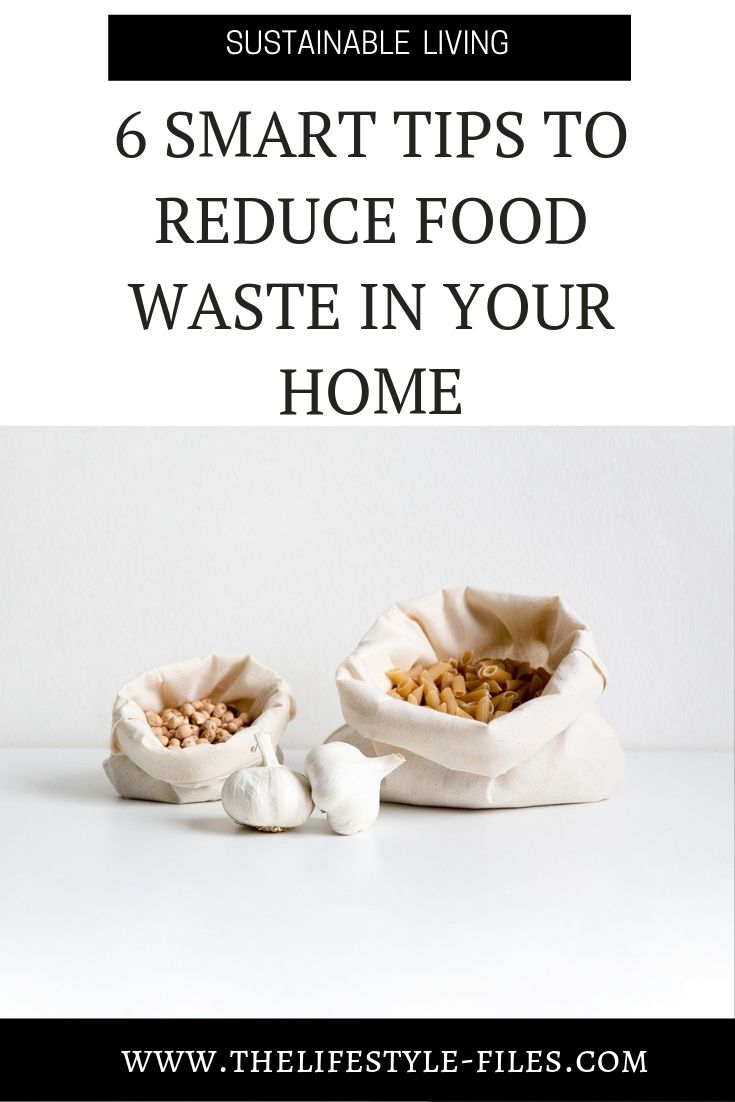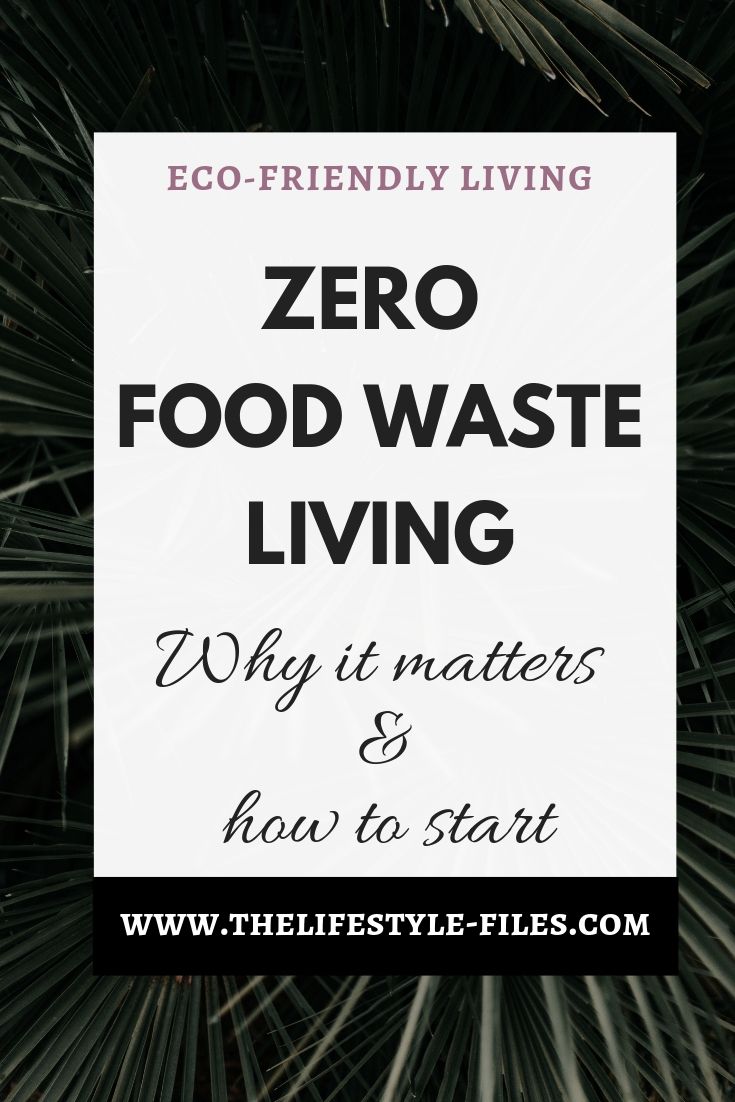
Photo by Laura Mitulla on Unsplash
In August, one of the leading news in environmentalist circles (and, to some degree, in mainstream media) was that the Intergovernmental Panel on Climate Change (IPCC) issued its newest report. The IPCC is a United Nations body that provides regular assessments of the scientific basis of climate change, its impacts and future risks, and options for adaptation and mitigation.
They issue comprehensive assessment every 5-6 years, as well as a couple of special reports each year. What distinguishes the IPCC’s reports from other scientific assessments is that they decidedly policy-oriented. They don’t conduct original research, but rather, through a global cooperation between scientists, experts, and governments, summarize and synthetize the most important scientific developments.
The reports have the agreement of leading climate scientists and the consensus of participating governments, so in theory, it’s hard to ignore them (though in practice, as evidenced by the political and business inertia surrounding climate change, most leaders still do).
This last special report was on Climate Change and Land and tackled issues of land-climate interaction, desertification, land degradation, sustainable land management, and food security.
As you can probably imagine, it’s not a particularly uplifting read. The way we use land is clearly unsustainable and if we don’t change our current practices it can lead to serious consequences, like even more extreme weather events (heat waves, flood, drought, wildfires), loss of the ecosystem, and risks to food security.
The adoption of most of the recommended policy solutions regarding sustainable land use are entirely up to political and business leaders, but there are a couple of things we can do as well to reduce these risks and influence the effects of climate change:
- Adopt (at least) a plant-based diet, eat less meat, especially red meat
- Buy seasonal and buy local as much as we can
- Reduce food waste
What has food waste got to do with climate change?
This is of course not the first time the issue of food waste is declared a global problem.
The numbers are in fact staggering: The IPCC report estimates that currently 25-30% of total food produced globally is lost or wasted. And this may be a conservative estimation: others think the numbers are closer to 50%.
Food waste occurs at all stages of production and consumption and can be caused by a lot of things. A large amount of food loss occurs during production and transport – extreme weather can ruin produce; it can be infected by insects and viruses, or go spoiled during transit.
However, an astonishing amount of food waste happens in the consumption phase. Simply put it – we throw it out.
You can look at it as an economic problem – food waste is after all a tremendous financial loss for the economy for businesses and for individuals as well.
You can also view it as a moral issue – for a long time, this was how I mainly viewed it. When a considerable part of the population suffers from starving or malnourishment, it’s a disgrace by the more affluent part of the world to be so reckless about food waste.
But food waste is also an environmental issue, one that may be doesn’t get discussed enough. Because ultimately, it’s not just the food that is wasted – but all the resources that went into producing it.
The land that has been deforested, the soil that has been treated with fertilizers and degraded, the water used for production, the greenhouse gases emitted during production manufacturing and transport (food waste accounts for approximately 8-10 % of human-caused greenhouse gas emissions), the packaging, and so on.
All for nothing.
Also, the food that is thrown out usually end up in the landfill, and it emits another large batch of greenhouse gas (methane) while it rots and decomposes.
It’s not an exaggeration to say that food waste is catastrophic for the environment.
So, what can we do about food waste?
The most frustrating thing about climate change is that often it is up to governments and large businesses to do the truly influential changes. But that doesn’t mean we, simple consumers are off the hook. Especially when it comes to food waste – in the developed world approximately 40-50% of food is wasted by consumers and retail. And half of this is perfectly avoidable – which means we waste food that could have been eaten at one point.
Often, the most we can do about sustainable and eco-friendly practices is that we try our best. Zero waste is a great concept, but probably totally unrealistic for most of us. We can try to reduce our plastic use, but totally eliminating plastic from our life is close to impossible. We cannot walk everywhere, so we contribute to CO2 emissions by using public transport or cars.
But food waste is a bit different. We don’t have to waste food. It doesn’t add anything to our life. We are totally in control and there’s nothing that should prevent us from eliminating it almost entirely – at least on our end.
So, how should we adopt a zero food waste lifestyle?
It requires some planning, some creativity, and, yes, sometimes some effort. You can find lots of great tips online, below are the basics of zero food waste living.
+ The first step – know what you’re wasting and why
According to research, people waste way more food than they think they do. Try to monitor and make notes on what ends up in your bin. It’s also useful to uncover the underlying issues, namely the reasons why that particular food or item was discarded.
Sometimes we shop aspirationally, buying up lots of healthy food for example or fancy ingredients with the best intentions to make use of them, but we end up not having the time to follow through. For some people, a full fridge is a source of security and comfort. Others regard cooking as a nice way to take care of their loved ones, and inadvertently go overboard with it. Often, we don’t wanna waste food, so we hide it in the freezer – only to throw it out weeks or months later.
Food waste can happen for a variety of reasons. If we are aware of our personal habits, we can make a personalized action plan to reduce it.
+ Shop smarter
It all starts in the supermarket. Shopping without a plan is the surest path towards food waste. It results in impulse buying, overbuying, or even forgetting some ingredients that could change meal plans and result, once again, in food waste.
A basic weekly meal plan and a corresponding shopping list could save a significant amount of food waste. If you’re prone to forgetting what’s actually in your fridge or pantry, take a photo of it once a week or before you go shopping – this can help prevent overbuying.
+ Don’t judge everything by its appearance and buy that oddly shaped produce
A significant amount of fresh produced is wasted because they don’t look as perfect and consumers do not buy them. Often, there is a separate box for these wonky fruits and vegetables, try to save as much of them as possible (also, they are often cheaper, so you save money as well).
+ Read the best before, sell by and use by dates – and know the difference
The system can sometimes be a bit confusing. Sell by dates are usually for the supermarkets only – this is the date when unsold food needs to be removed from the shelves.
Use by dates are added to perishables, like meat or dairy. This date should probably be respected and factored in when you buy something.
Best before dates indicates optimal freshness, but it’s usually safe to eat them even after – especially when it comes to fresh produce. Just use your best judgment.
Also, check out this cool website: Eat or Toss? About once a week, it posts an image of a confusing food situation, along with a quick, science-based explanation of why you should, well, eat or toss it. It also has tons of use-it-up-recipes and other great tips to reduce food waste.
+ Cook smarter
I’ll be the last person giving out cooking advice as I spend relatively little time in the kitchen, but when I do, I try to be mindful of food waste and for that, some sort of planning and preparation is essential. Know how much food your family actually consumes and prepare accordingly.
Also, try to be creative or collect recipes on how to use leftover items. 3-days old bread makes a great French toast. Vegetables past their prime can be used for sauces, in an omelet or frittata. Vegetable scraps can be used to make stock. Slightly mushier fruits make great juices or fresh jam. Juice pulps can be made into crackers or muffins. If you have a bunch of random dinner ingredients, hrow everything together in a recipe-free dinner bowl. And so on.
Of course, proper storage is also essential. Take a look at this list with tips on where and how long to keep various food items.
+ Cherish leftovers
People who refuse to eat leftovers because “they cannot eat the same thing twice in a row” rank high on my snobbish list. Please don’t throw out perfectly fine food just because you can. Either cook for one meal only or eat the leftovers.
Don’t leave food in the restaurant either – they will definitely throw it out. It’s perfectly OK to ask the waiter to box it up (advanced environmentalists can prepare with their own food boxes). Also, if you throw a big dinner party, you can encourage the guests to take some leftover food with them.
Do you have other zero food waste tips to add to this list?






